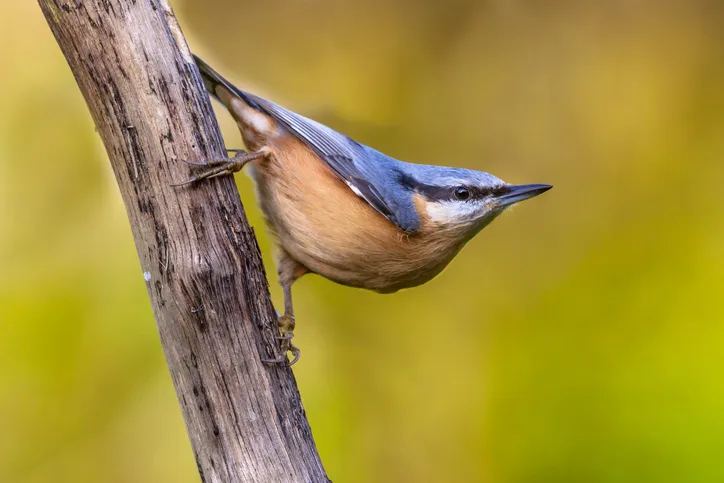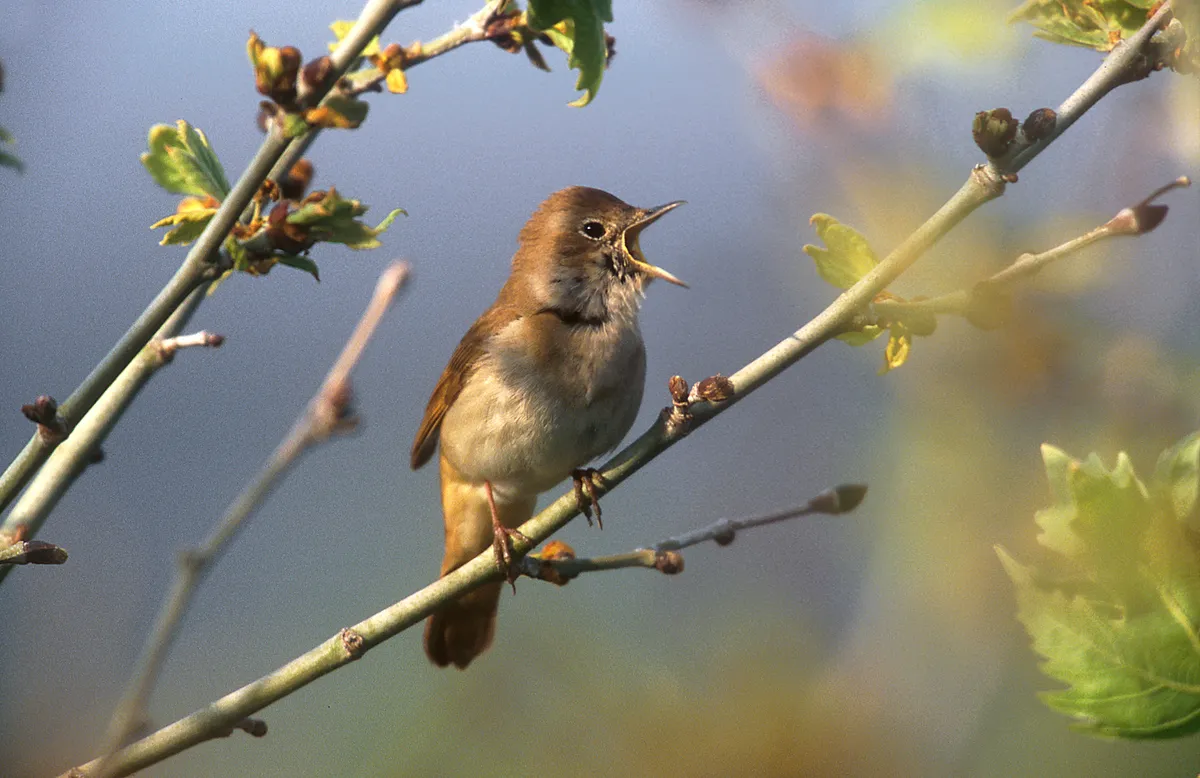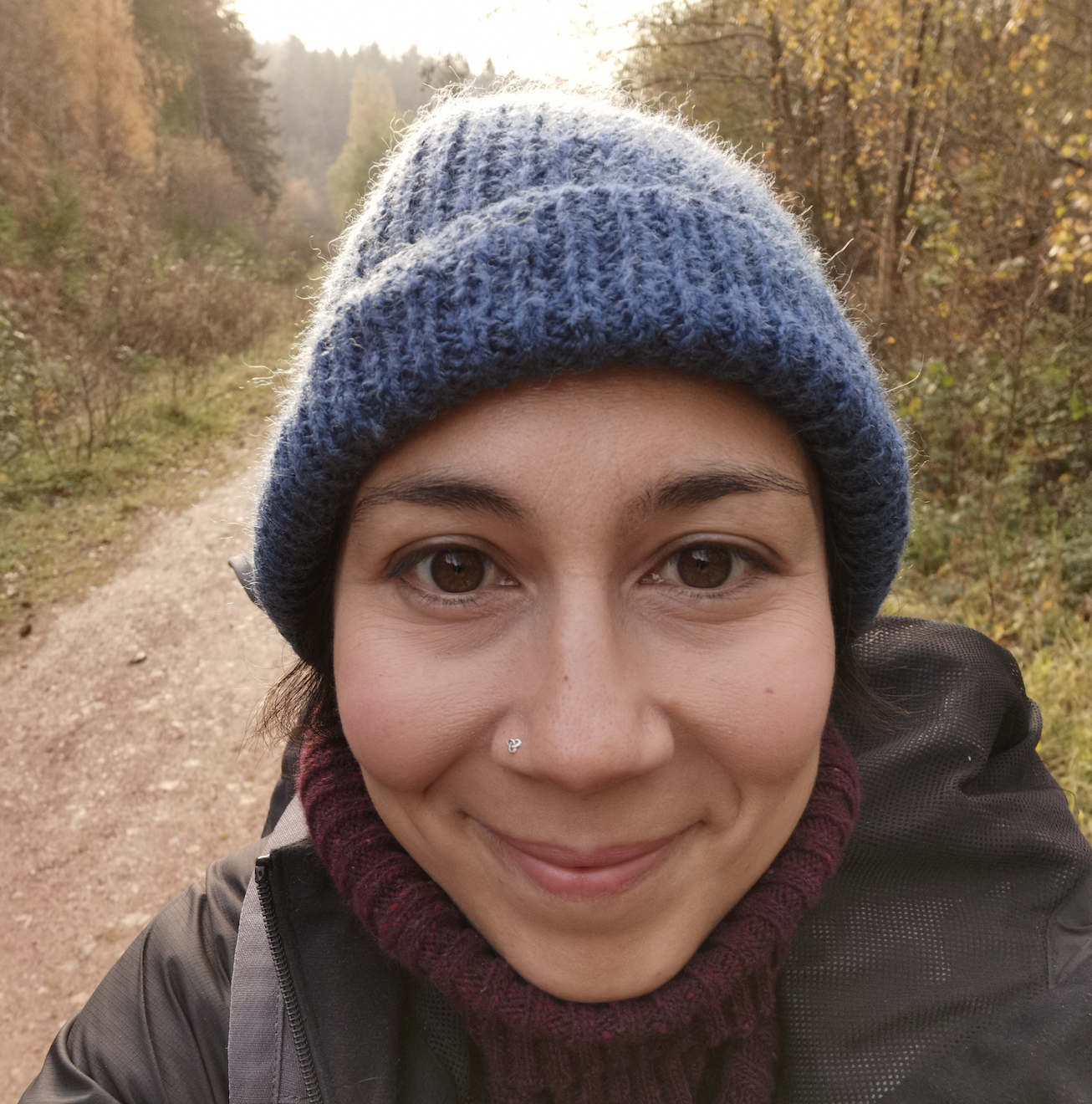"The sides of the valley were rich in pasture and the crests heavily covered in beechwoods… For weeks on end the trees moved in the wind with a dry roaring that seemed a natural utterance of the landscape. In winter they ringed us with frozen spikes, and in summer they oozed over the lips of the hills like layers of thick green lava.”
The beech woods Laurie Lee describes so voluptuously in his childhood memoir Cider with Rosie still frame the Slad Valley, their lava-like appearance further enhanced when they erupt into flame-coloured hues in autumn.

They were Lee’s playground as a child, where he raced up and down the steep slopes and ate beech leaves – a “tight-folded salad of juices”. The woods are now linked by the Laurie Lee Wildlife Way, a five-mile circular trail opened in 2013 to mark the centenary of his birth.

Dark woods
One of the trail’s woodlands is Frith Wood, which features in one of the darker moments of Cider with Rosie. Referred to as Brith Wood in the book, it is the eerie backdrop for Lee and his friends’ plot to prey on Lizzie Berkeley, a God-fearing local girl who regularly walks through the wood and scrawls religious messages on the beech trunks with crayon. Thankfully, the boys come to their senses and scarper, leaving the girl unscathed.
Depending on which direction you walk the trail, Frith Wood Nature Reserve lies near the beginning or the end of the walk, just below Bull’s Cross car park. Cross the road from the car park, and as you follow the waymarked trail into the wood, you’ll pass one of the 10 posts inscribed with Lee’s poetry. This one is April Rising, etched on a translucent plaque that beautifully frames the trees.
Laurie Lee grew up in the village of Slad near Frith Wood
Rare beauty
Listen out for woodpeckers, nuthatches and treecreepers as you wander beneath the tall, swaying beeches, their dark bark as smooth as leather. Many of these European beeches were planted in the 19th century, but the wood itself dates back more than 1,000 years.
In spring, the moist and shaded woodland is home to rare plants, such as white helleborine, wood barley and yellow bird’s nest, and a very rare snail – Ena montana – has been recorded here, so keep your eyes peeled for its beautiful elongated shell on the damp tree trunks.
In the village of Slad just below Frith Wood you’ll find much of what Lee describes in his memoir still intact: his childhood home, the church, school and, of course, the Woolpack Inn. The pub offers local ales and food, and a new shop selling local produce, fresh coffee and a selection of books, including many of Lee’s works. Just don’t forget to pay your respects to the man himself at Holy Trinity Church, where his gravestone reads: “He lies in the valley he loved”.
Words: Abigail Whyte
